
Earl of Portland is a title that has been created twice in the Peerage of England, firstly in 1633 and secondly in 1689. What proved to be a long co-held title, Duke of Portland, was created in 1716 and became extinct in 1990 upon the death of the ninth Duke, at which point the earldom passed to the most senior agnatic cousin, namely one of the 6th degree.

William Henry Cavendish-Scott-Bentinck, 4th Duke of Portland,, styled Marquess of Titchfield until 1809, was a British politician who served in various positions in the governments of George Canning and Lord Goderich.

William Arthur Henry Cavendish-Bentinck, 7th Duke of Portland,, styled Marquess of Titchfield until 1943, was a British peer and Conservative politician.
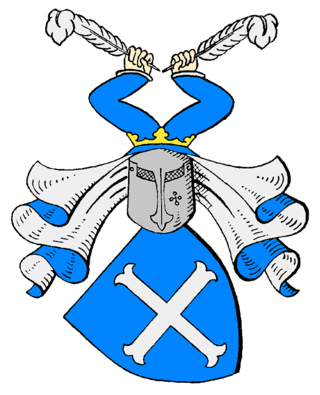
The Bentinck family is a prominent family belonging to Dutch, German and British nobility. Its members have served in the armed forces and as ambassadors and politicians, including as Governor General of India and as Prime Minister of the United Kingdom. The family is related to the British royal family through the maternal Cavendish-Bentinck line of Queen Elizabeth The Queen Mother.
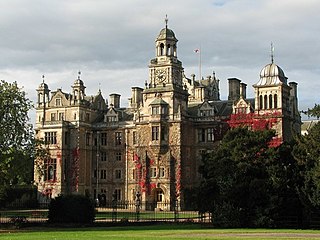
The Dukeries is an area of the county of Nottinghamshire so called because it contained four ducal seats. It is south of Worksop, which has been called its "gateway". The area was included within the ancient Sherwood Forest. The ducal seats were:

William John Arthur Charles James Cavendish-Bentinck, 6th Duke of Portland,, known as William Cavendish-Bentinck until 1879, was a British landowner, courtier, and Conservative politician. He notably served as Master of the Horse between 1886 and 1892 and again between 1895 and 1905.

Welbeck Abbey is an English mansion situated in the village of Welbeck, which is within the civil parish of Norton, Cuckney, Holbeck and Welbeck, in the Bassetlaw District of Nottinghamshire. It was the site of a monastery belonging to the Premonstratensian order in England and after the Dissolution of the Monasteries, a country house residence of the Dukes of Portland. It is part of the Dukeries, four contiguous ducal estates in North Nottinghamshire. The house is a Grade I listed building.
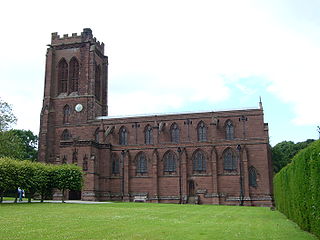
St Mary's Church is in the village of Eccleston, Cheshire, England, on the estate of the Duke of Westminster south of Chester. The church is recorded in the National Heritage List for England as a designated Grade I listed building. It is an active Anglican parish church in the diocese of Chester, the archdeaconry of Chester and the deanery of Chester. Its benefice is combined with that of St Mary, Pulford. The Dukes of Westminster are buried in the adjacent Old Churchyard.

Welbeck is a village and former civil parish, now in the parish of Norton, Cuckney, Holbeck and Welbeck, in the Bassetlaw district, in Nottinghamshire, England. It is slightly to the south-west of Worksop. In 2001 the parish had a population of 31.

Holbeck is a village and former civil parish, now in the parish of Norton, Cuckney, Holbeck and Welbeck, in the Bassetlaw district, in the county of Nottinghamshire, England. It is located 6 miles south-west of Worksop. According to the 2001 census it the parish a population of 449, reducing to 195 at the 2011 Census. It is an estate village built for the Dukes of Portland at Welbeck Abbey.
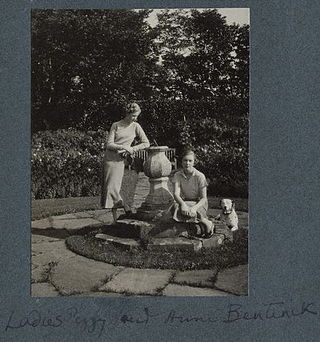
Lady Alexandra Margaret Anne Cavendish-Bentinck was a member of the British nobility and one of the richest landowners in the country. She was a notable charity worker, art collector, and horsewoman.

Ivy Cavendish-Bentinck, Duchess of Portland GBE was Duchess of Portland from 1943 – 1977 and afterwards Dowager Duchess. She initiated the Harley Foundation, "to encourage creativity".

St. Albans Church, Forest Town is a parish church in the Church of England in Forest Town, Nottinghamshire.

Winifred Anna Cavendish-Bentinck, Duchess of Portland was a British humanitarian and animal welfare activist.

St Mary's Church, Norton Cuckney is a Grade I listed parish church in the Church of England in Cuckney.

St Mary the Virgin's Church, Cavendish is a Grade I listed parish church in the Church of England in Cavendish, Suffolk.

St Peter's Church, Edensor, is a Grade I listed church in Edensor, Derbyshire. St Peter's is the closest parish church in the Church of England to Chatsworth House, home of the Dukes of Devonshire, most of whom are buried in the churchyard. St Peter's is in a joint parish with St Anne's Church, Beeley.

St Marys Church is a Roman Catholic parish church in Worksop, Nottinghamshire, England. It was built from 1838 to 1840 by Weightman and Hadfield in the Gothic Revival style. It is located on Park Street to the south of the town centre. It was paid for by Bernard Howard, 12th Duke of Norfolk after the sale of Worksop Manor and was once visited by Archduke Franz Ferdinand. It is a Grade II listed building.
Holbeck is a former civil parish in the Bassetlaw District of Nottinghamshire, England. The parish contained 29 listed buildings that are recorded in the National Heritage List for England. All the listed buildings are designated at Grade II, the lowest of the three grades, which is applied to "buildings of national importance and special interest". The parish contained the village of Holbeck, the estate village associated with Welbeck Abbey, and the surrounding countryside. The estate village contains various listed buildings, many of which have been converted for other uses, including houses, former stables, dairies, a former laundry, a former rectory, almshouses, and a telephone kiosk. Elsewhere, the listed buildings include houses and cottages, farmhouses and farm buildings, and a church with its lych gate and monuments in the churchyard.
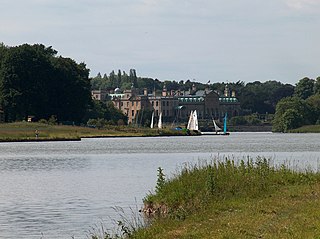
Norton, Cuckney, Holbeck and Welbeck is a civil parish in the Bassetlaw district of Nottinghamshire, England.





















